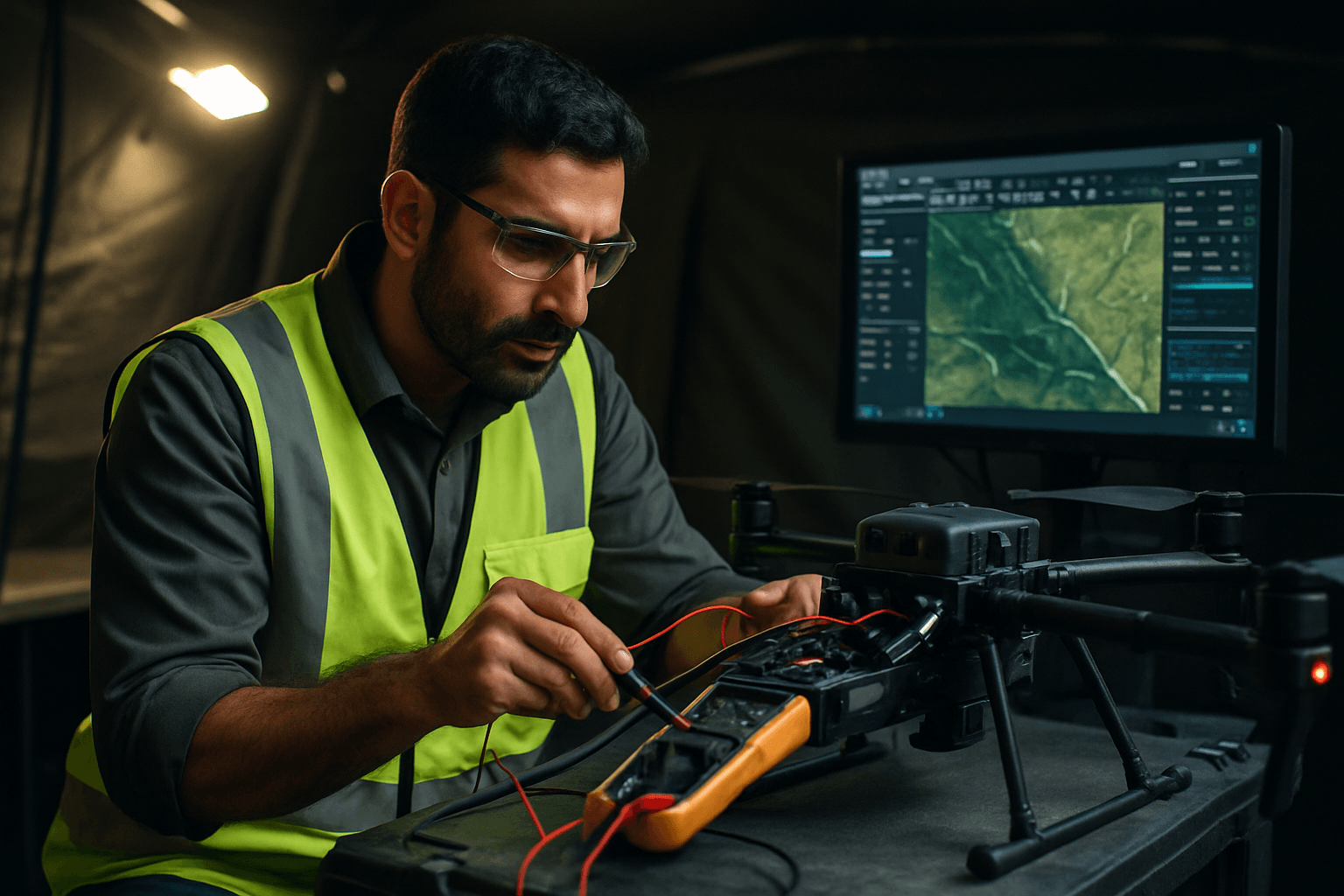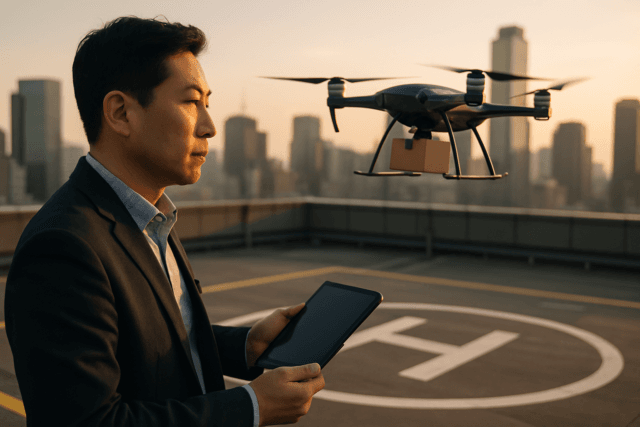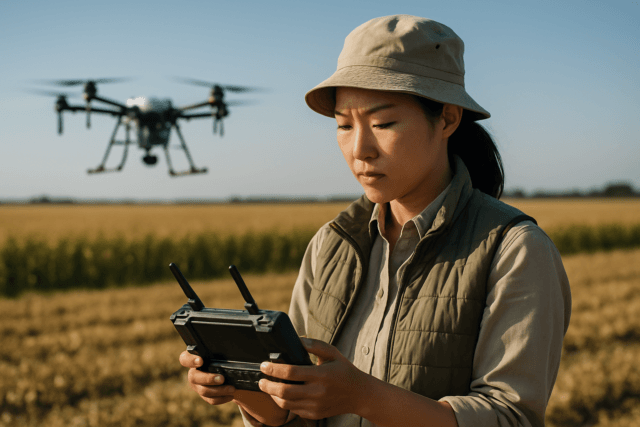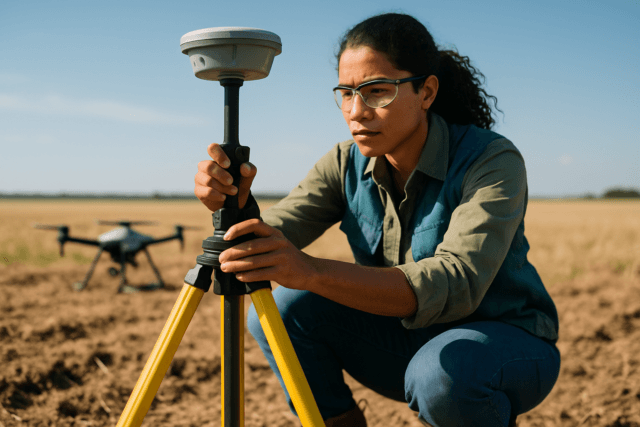Drones have revolutionized search and rescue (SAR) operations, offering unprecedented speed, access to challenging terrains, and enhanced situational awareness. However, their effectiveness is not without vulnerabilities. Understanding the critical failure points in drone SAR systems is crucial for improving reliability, ensuring operator safety, and ultimately, increasing the success rate of life-saving missions.
Technical and Hardware Limitations
The advanced technology enabling SAR drones also presents several potential points of failure, often stemming from the physical components and integrated systems.
Battery Life and Power Management
One of the most significant limitations for SAR drones is finite battery life, directly impacting flight time and coverage area. Short flight durations necessitate frequent landings for battery swaps or recharging, leading to valuable time loss in time-sensitive rescue scenarios. Battery performance can also be degraded by extreme temperatures (hot or cold), which can result in sudden power loss during a mission. Poor quality or aging batteries and loose connections are also common causes of power-related failures.
Sensor and Payload Malfunctions
SAR drones rely heavily on specialized payloads, such as high-resolution visual cameras and thermal/infrared (TIR) cameras, to detect missing persons and assess situations. Failures in these sensors can severely compromise a mission.
- Thermal Camera Limitations: While powerful for detecting heat signatures, thermal cameras can generate false positives, especially on warm days in areas with many heat-absorbing objects like rocks or dense foliage. Their effectiveness can also be reduced in specific environmental conditions.
- Sensor Integration Issues: Complex sensor suites can experience malfunctions or data transfer limitations. The processing time for data, particularly from RGB images using machine learning, can also be a challenge.
- Payload Detachment: Physical failure of payload attachment points due to inadequate strength or design can lead to the loss or destruction of critical sensors, ending the mission prematurely and posing a hazard to those on the ground.
Drone Hardware and Software Issues
Drones are complex pieces of machinery, and various hardware and software components are susceptible to failure.
- Mechanical Failures: Damaged propellers (from wind or bird strikes), chassis damage from impacts, and electronic speed controller (ESC) malfunctions can lead to loss of control or mid-air shutdowns.
- Flight Controller and Firmware Issues: Failures in the flight controller or incompatible firmware and software bugs can lead to erratic behavior, loss of control, or an inability to take off or land.
- Loss of Signal: Disconnections in radio control (RC), GPS, or telemetry signals can cause the drone to lose connection with the operator, potentially leading to a crash. GPS signals can also be unreliable in urban areas due to interference.
Environmental and Operational Challenges
External factors, ranging from weather conditions to the operational environment, significantly impact the reliability and safety of drone SAR missions.
Adverse Weather Conditions
Weather is a primary determinant of drone operational capability.
- Wind and Precipitation: Strong winds can push drones off course, while rain, fog, and high humidity can short out circuits or disable sensors, leading to mission delays or equipment damage.
- Temperature Extremes: Both extreme heat and cold can affect battery performance, leading to reduced flight times or sudden power loss.
- Visibility: Low visibility conditions (e.g., heavy smoke, fog) can hinder visual navigation and detection, though thermal cameras can mitigate some of these challenges.
Difficult Terrain and Remote Areas
While drones excel at accessing difficult terrain, these environments still pose challenges.
- Obstacle Avoidance: Dense forests, mountains, and urban environments with power lines and buildings present numerous obstacles. Drones without advanced obstacle avoidance systems risk collisions that can delay missions or damage equipment.
- Limited Coverage in Dense Areas: In heavily forested areas, even advanced visual and thermal cameras can struggle to pinpoint a missing person.
- Communication Gaps: Remote locations may lack adequate infrastructure for consistent communication, which can affect real-time data streaming and control.
Regulatory and Airspace Restrictions
Navigating complex regulatory frameworks can impede rapid drone deployment during emergencies.
- No-Fly Zones and Altitude Limits: Restrictions on flying over certain areas, altitude limits, and licensing requirements can delay critical operations.
- Beyond Visual Line of Sight (BVLOS): Current legal limitations on BVLOS flights restrict the ability to search large areas effectively.
- Coordination with Manned Aircraft: In dynamic SAR environments, coordinating drone operations with manned aircraft like helicopters requires strict protocols, as manned aircraft typically have absolute authority, sometimes requiring drones to descend immediately.
Human Factors and Operational Protocol Failures
Despite technological advancements, human error remains a significant contributor to drone accidents in SAR. Studies indicate that human factors account for 60% to 90% of drone accidents.
Pilot Error and Training Deficiencies
The skill and training of the drone operator are paramount.
- Loss of Focus and Situational Awareness: Operators can experience cognitive overload when managing multiple displays, leading to missed alerts, delayed responses, and miscommunication.
- Poor Flight Planning: Inadequate planning, including overlooking weather conditions or failing to establish appropriate search patterns, can lead to suboptimal outcomes.
- Over-reliance on Automation: Excessive dependence on automated systems can diminish manual flying skills and reduce overall situational awareness, especially during unexpected events.
- Inadequate Training: A lack of specialized pilot training and standardized procedures for SAR drone operations can result in ineffective utilization of the technology.
Maintenance Neglect and Pre-Flight Check Failures
Proper maintenance and rigorous pre-flight checks are critical for preventing technical failures.
- Skipped Checks: Failing to perform thorough pre-flight checks before every flight, or being distracted during these checks, can lead to critical oversights like incorrectly attached propellers or unlatched batteries, resulting in catastrophic failures.
- Battery Mismanagement: Misinterpreting battery life indicators, which can be inaccurate or decrease non-linearly, and ignoring unexpected battery warnings can lead to sudden power loss.
Data Interpretation and Management
The sheer volume of data collected by SAR drones presents its own set of challenges.
- Data Overload: Drones generate massive amounts of data (images, videos, sensor readings). Managing and analyzing this data in real-time to derive actionable insights can be overwhelming for operators, particularly in high-pressure situations.
- False Positives: Differentiating between genuine targets and false positives (e.g., heat signatures from animals or objects) requires skilled interpretation and can lead to wasted search efforts.
Conclusion
While drone SAR systems offer transformative capabilities, their critical failure points underscore the need for a holistic approach to their deployment. Addressing technical limitations through continuous innovation in battery technology, sensor development, and robust hardware design is essential. Simultaneously, mitigating environmental and operational challenges requires improved weather resilience, advanced obstacle avoidance, and streamlined regulatory frameworks. Crucially, investing in comprehensive training, emphasizing human factors in operation, and developing effective data management strategies will empower SAR teams to overcome these vulnerabilities, ensuring drones truly serve as reliable and indispensable tools in the urgent mission of saving lives.





